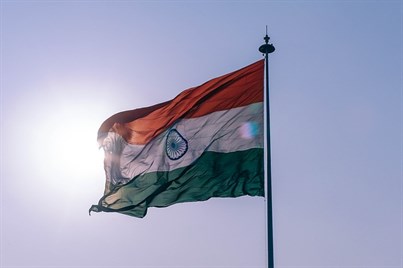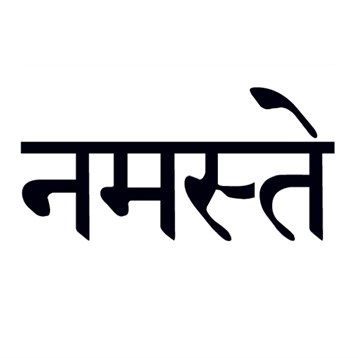The Hindi Language
The Hindi language (हिंदी) is written in Devanagari script and influenced by one of the most important and studied languages in history, Sanskrit. Hindi is considered to be the official language of the government of India and one of the 22 recognized languages of India. Around 545 million people speak Hindi in India, 425 million consider it their first language and 120 million consider it their second language. It is the fourth most widely spoken language in the world.
Hindi-Speaking Regions

Hindi is the main language used in many states of India, such as Uttar Pradesh, Himachal Pradesh, Haryana and Delhi in Northern India, Bihar and Jharkhand in Eastern India, Madhya Pradesh and Chhattisgarh in Central India and Rajasthan in Western India.
Due to its wide use in India, many people assume Hindi is the national language of India however, Indian law states they will not name it the national language until the constituency of each state of India accepts it.
Outside of India, Hindi is used in Fiji as an official language and is spoken by 380,000 people. In 1997, it was referred to as Hindustani, but the constitution changed it to Hindi in 2013. There are also large populations of Hindi-speaking communities living in countries like the U.S. (649,000), the U.K. (45,800), South Africa (250,000), Mauritius (450,000) and Nepal (649,000).
Hindi Dialects
Like other major languages in the world, Hindi has many different dialects used across the country.

-
Braj Bhasha (ब्रज भाषा)
-
Khari boli (खड़ी बोली)
-
Haryanvi (हरियाणवी)
-
Bundeli (बुन्देली)
-
Awadhi (अवधी)
-
Bagheli (बघेली or बाघेली)
-
Kannauji (क़न्नौजी)
-
Chhattisgarhi (छत्तीसगढ़ी)
Hindi Quick Facts
-
The name “Hindi” is derived from the Persian word ”Hind”, which means “land of the Indus River“.
-
There are many English words with Hindi origins, for example: guru, jungle, yoga, bungalow and cheetah.
-
Understanding Hindi will also help you understand some words from the Nepalese, Bengali and Gujarati languages.
-
During your next visit to India, please note that there are certain words you should not use for formal situations. When addressing someone, the forms of “you”, tum (तुम ) and tu (तू), should never be used in formal situations, especially with elders, as this will be considered extremely impolite. You should only use them with friends and family members. The most appropriate word is “aap” as it can be used in any situation.
-
One of the most common words many foreigners know from Hindi is “Namaste”, which is an expression of warm greetings. Similar to this term, many words in Hindi have certain warmth and a lot of feelings behind them.
